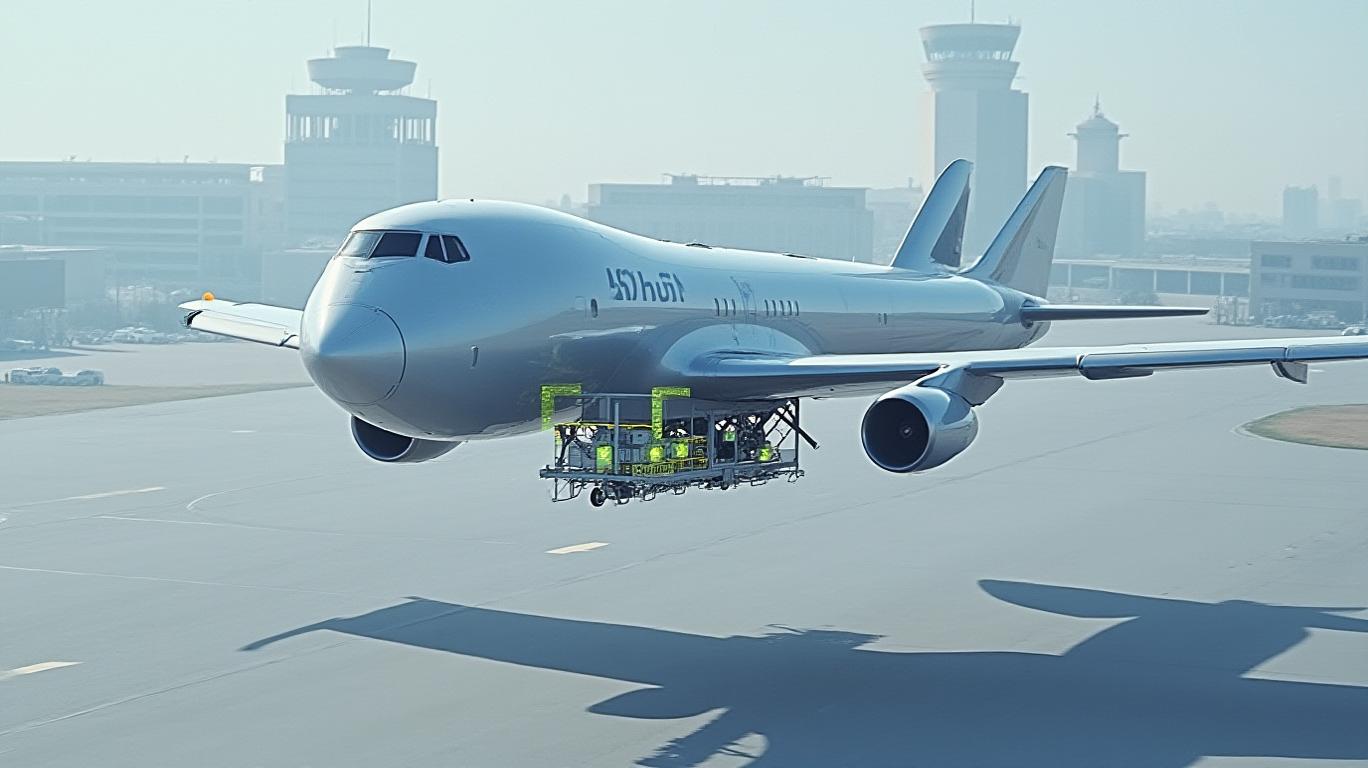Aeva Technologies (AEVA): Riding the LiDAR Wave with Strategic Partnerships and Breakthrough Tech?
The LiDAR market is on the cusp of a revolution, and Aeva Technologies (AEVA) is positioning itself as the undisputed leader in Frequency-Modulated Continuous-Wave (FMCW) LiDAR—a technology that could redefine autonomous driving and industrial automation. The company’s Q4 2024 earnings call revealed a roadmap brimming with ambition, partnerships, and product milestones. Let’s dissect whether this could be the catalyst for a long-overdue stock rebound.
Strategic Partnerships: Building a Moat in Autonomous Tech
Aeva’s recent partnerships are its strongest suit. The company’s exclusive LiDAR deal with Daimler Truck—where its sensors will power autonomous long-haul trucks starting in 2026—is a game-changer. This isn’t just a supplier agreement; it’s validation of FMCW’s superiority over legacy time-of-flight (ToF) LiDAR in extreme conditions. Meanwhile, the joint development program with a top-10 global passenger OEM (likely Toyota or Ford) hints at a monumental opportunity: replacing ToF systems in millions of vehicles by 2027.
But automotive isn’t the only frontier. Aeva’s tie-up with SICK AG, a $3 billion industrial robotics giant, opens doors to precision sensing in factories and warehouses. Their FMCW sensors, which deliver micron-level accuracy and velocity measurement, could replace older fringe-projection systems in applications like robotic arms and automated metrology.

Product Innovation: Atlas Ultra Dominates the Next-Gen LiDAR Race
The Atlas Ultra, unveiled at CES 2025, is a technological marvel. With triple the resolution of prior models and a 35% smaller form factor, it’s the first LiDAR designed to seamlessly integrate behind a car’s windshield—courtesy of a custom AGC glass solution. Its FMCW-on-Chip architecture (a proprietary silicon photonics design) slashes costs and enables mass production. The AVAX1 SoC adds another layer, enabling real-time semantic segmentation and object velocity tracking—critical for Level 4 autonomy.
This isn’t just incremental improvement. Analysts at Goldman Sachs estimate FMCW LiDAR could capture 60% of the $15B automotive sensor market by 2030, and Aeva is already two steps ahead of rivals like Luminar and Velodyne.
Financials: Scaling for Dominance (With a Safety Net)
Aeva’s 2024 results were modest but directionally positive:
- Revenue: $9.1M (up from $2.3M in 2023), driven by early shipments to Daimler and SICK.
- Operating Loss: $123.2M (unchanged Y/Y), reflecting ongoing R&D and commercialization costs.
- Liquidity: $237M in cash and credit, enough to fund operations through 2027.
The 2025 outlook is bold but achievable:
- Revenue Target: $15–18M (+70–100% YoY), with $100M+ industrial revenue potential by 2027.
- Cost Cuts: Operating expenses to drop 10–20% as production scales.
Market Reaction: Bulls vs. Reality
The stock surged 16% post-earnings to $3.07, but skeptics note it’s still down 40% year-to-date. Bulls argue this is a buying opportunity: Aeva’s $237M liquidity cushion and first-mover advantage in FMCW could position it to capitalize on the $20B autonomous vehicle sensor market. Bears counter that execution risks—like hitting the 100,000-unit/year production target—are non-trivial.
Risks to Consider
- Competition: ToF LiDAR still dominates today’s vehicles, and FMCW’s higher cost could slow adoption.
- Production Delays: Scaling a silicon photonics factory is no easy feat; even a six-month delay could disrupt revenue.
- Dependency: If the top-10 OEM partnership falters, Aeva’s valuation could crater.
Conclusion: Aeva’s Time to Shine?
The data points to a compelling opportunity—if investors can stomach the risks. Aeva’s $15–18M revenue target for 2025 is aggressive but achievable, especially with SICK’s industrial rollout (up 1,000% YoY) and Daimler’s 2026 production start. Its $237M liquidity provides a safety net, and FMCW’s technical edge gives it a five-year lead over competitors.
While the stock’s 40% annual decline reflects market skepticism about near-term profits, the long-term thesis is undeniable: FMCW will dominate high-end automotive and industrial sensing. If Aeva nails execution, its $100M+ industrial revenue goal and automotive partnerships could make it a rare $1B+ LiDAR player by 2027.
For investors with a 3–5 year horizon, AEVA’s current valuation (just 5x 2025 revenue estimates) looks compelling. But tread carefully—this is a high-risk, high-reward play on a technology that could either redefine autonomy or become a cautionary tale.
Final Verdict: Buy the dip, but keep a close eye on 2025 production milestones. The LiDAR race is on, and Aeva is driving fast.










